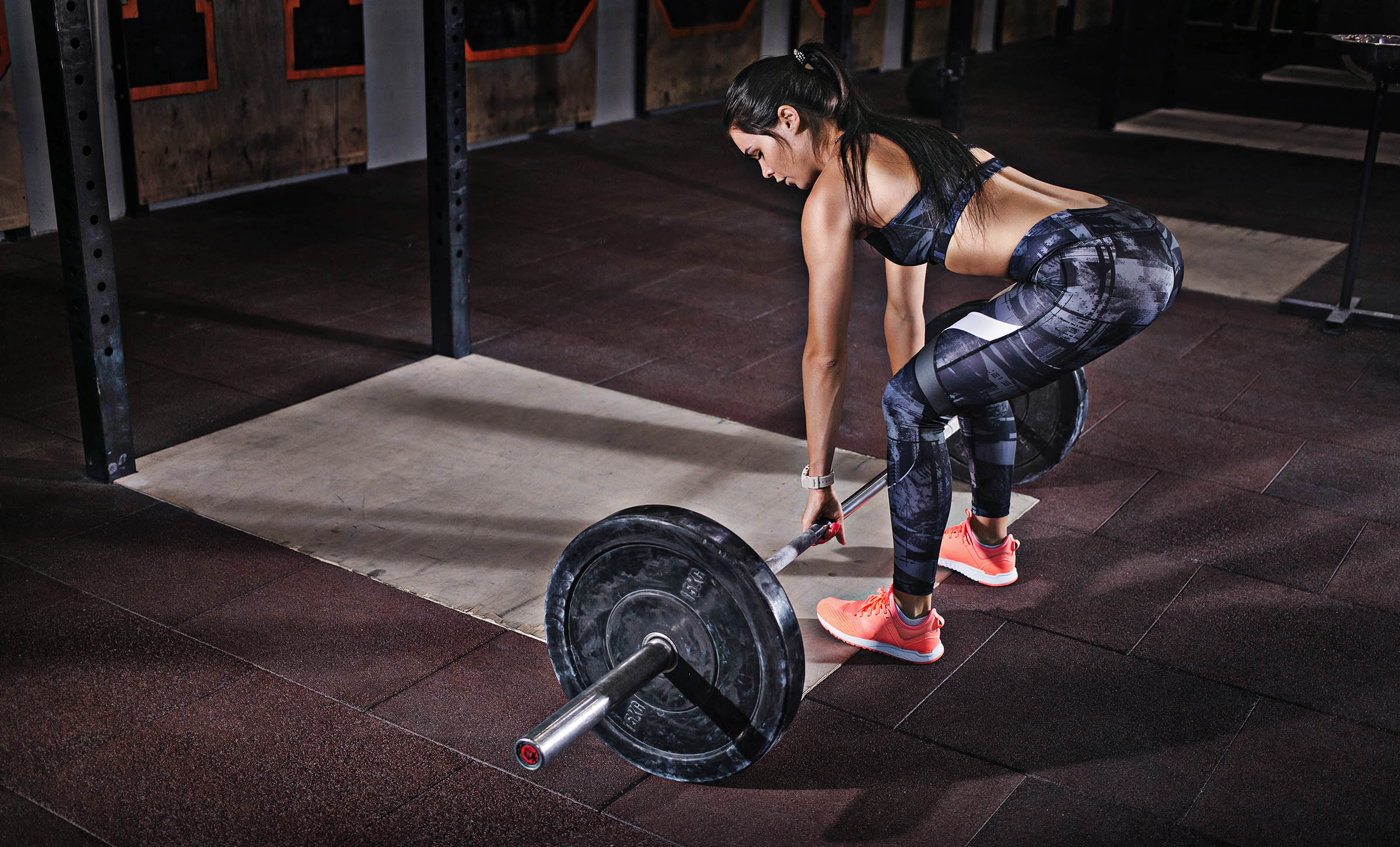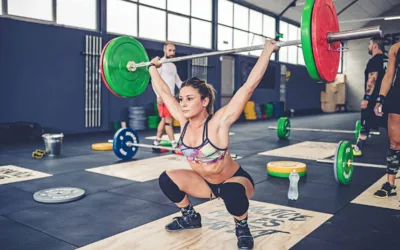Deadlift Variations for a Faster Injury Recovery

Dr. Matthew Styf, PT, DPT is a certified clinical orthopedic specialist and S&C specialist based out of Massachusetts. He’s passionate about athletes of all ages achieving their fitness goals, whatever they may be. As a rehab professional, he offers a unique view of the use of the deadlift and how empowering it can be for an injured patient or athlete.

Change the Way You Train
Deadlifting Is Key to a Quicker Recovery
But in all reality, the deadlift is a great exercise that assists with rehab and training.
The traditional deadlift on its own provides many full-body benefits, but its ability to be modified and progressed makes it an especially useful tool in rehabbing specific injuries.
What Deadlift Variation Do You Need?
Important: First and foremost, you need to know how to properly hip hinge before moving into any deadlift variation. The hip hinge is paramount for preventing injury and getting the maximum benefit from your lift.
To Increase Ankle Mobility & Stability:
Ankle mobility is needed for many everyday movements, from squatting to simply taking a walk. If you lack ankle mobility, your body will compensate in other ways, wreaking havoc on your joints and potentially causing hip, knee, and low-back injuries.
Conventional, sumo, and trap bar deadlifts all provide great benefits for ankle stability as they require dorsiflexion of the ankle and improve posterior chain strength. To build balance and further challenge yourself, give one-legged deadlifts a try.
Coach’s tip: Make sure you brace your abdominals and create tension before lifting (like you’re about to be punched in the stomach). Also, remember to hinge your hips to create tension in your posterior chain for the best results.
To Protect Your Knees:
Deadlifts strengthen your glutes and hamstrings, which protect the ligaments of your knee from serious injury. The single-leg landmine deadlift works wonders for your knee health as it challenges your balance and reinforces your knee joints.
Romanian deadlifts are also a great option if other deadlift variations hurt your knees. RDLs zero in on your glutes and hamstrings, further strengthening those ligaments surrounding your knees.
To Eliminate Back Pain:
Whenever a client mentions back pain as their primary injury or complaint, I make sure some form of deadlifting shows up in their plan of care or program.
When you’re in constant fear of movement due to back pain, your training suffers and it becomes difficult to enjoy daily life. Deadlifting improves core stability and strengthens lumbar muscles, which could put your training (and life!) back on track.
If you suffer from back pain, the idea of flexing forward or bending over might make you cringe. But as long as you learn how to hip hinge and load safely, the deadlift is perfectly safe.
To Improve Mobility:
If you struggle with mobility (especially in your hamstrings), try starting with an elevated setup or a trap bar. These modifications limit the mobility needed to execute the lift while still strengthening your posterior chain.
As you get better, slowly progress to a conventional or low handle trap bar deadlift.
Find Your Perfect Training Plan
Sometimes all you need to reach your destination on your fitness journey is an expert guide. We've got you covered. Browse from thousands of programs for any goal and every type of athlete.
Try any programming subscription free for 7 days!
Want Training Tips, Exercise Guides & Knowledge Bombs Sent to Your Inbox?
Sign up for the FitNerd newsletter from TrainHeroic
Related articles
3 Ways to Improve Mobility Without Stretching
Are you still trying the endless foam rolling and stretching exercises to get that deep squat position? We know how important mobility is for great, or even GOOD performance. All professional athletes have some comfortability in end ranges of motion. So, what else do...
The Ultimate Guide to Lunges: Queen of all Glute Exercises
Your glutes are the largest muscle group in your body. They’re responsible for almost everything your legs do—walking, running, jumping, squatting, lunging, and just standing upright. As far as moving through space goes, strong glutes are the bedrock of overall...
A Beginner’s Guide to Steel Mace Training
Author: Jesse Grund
Mace training will make you a better mover without it’s not confining you to a fixed space or predetermined range of motion. Second, it’s an offset load with 80 to 90 percent of the weight in the head. You’re also constantly having to resist rotation, which creates greater core engagement.

Join the community
Sign up for the latest training news and updates from TrainHeroic

About TrainHeroic
Support
Made with love, sweat, protein isolate and hard work in Denver, CO
© 2022 TrainHeroic, Inc. All rights reserved.






